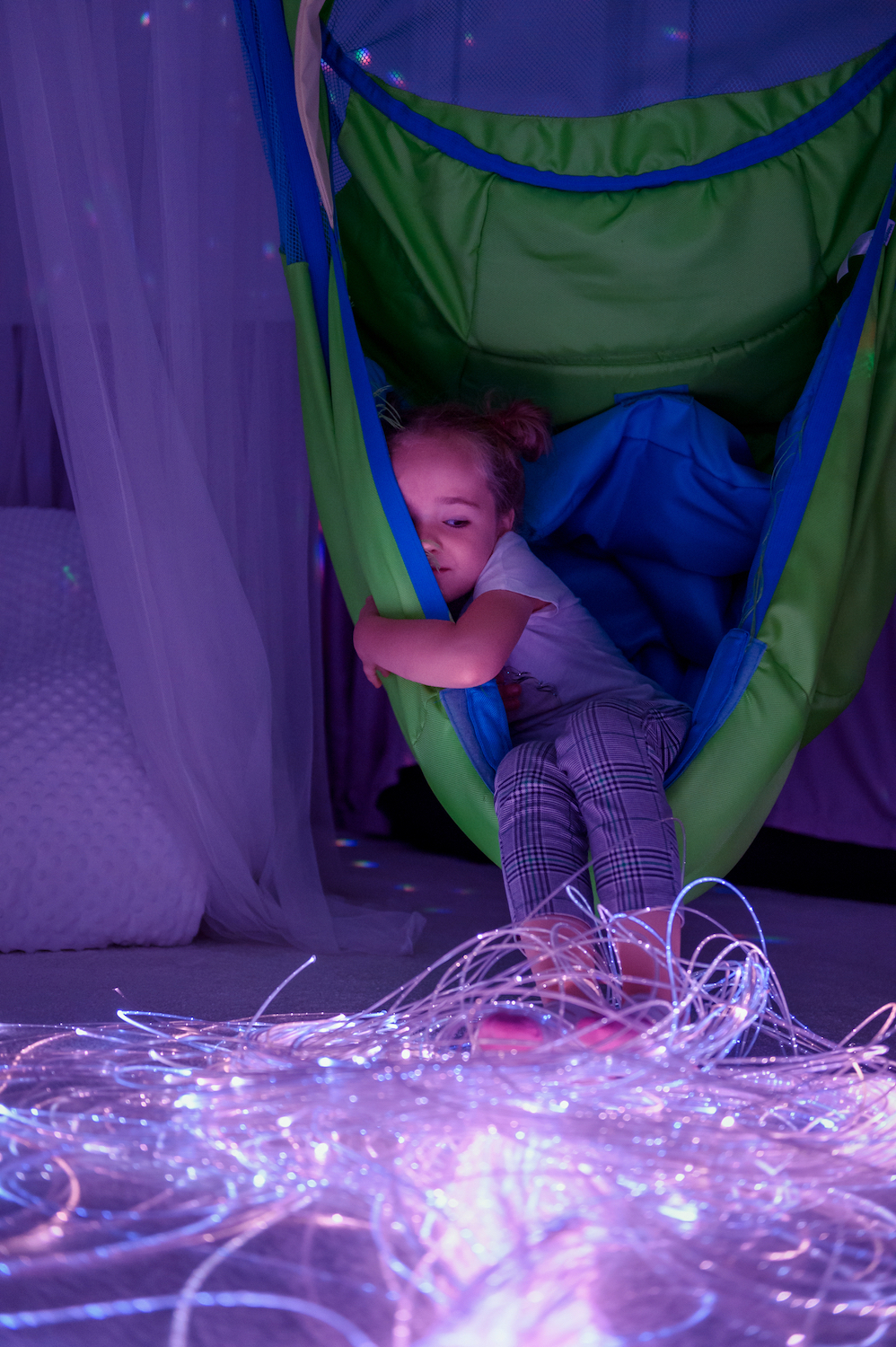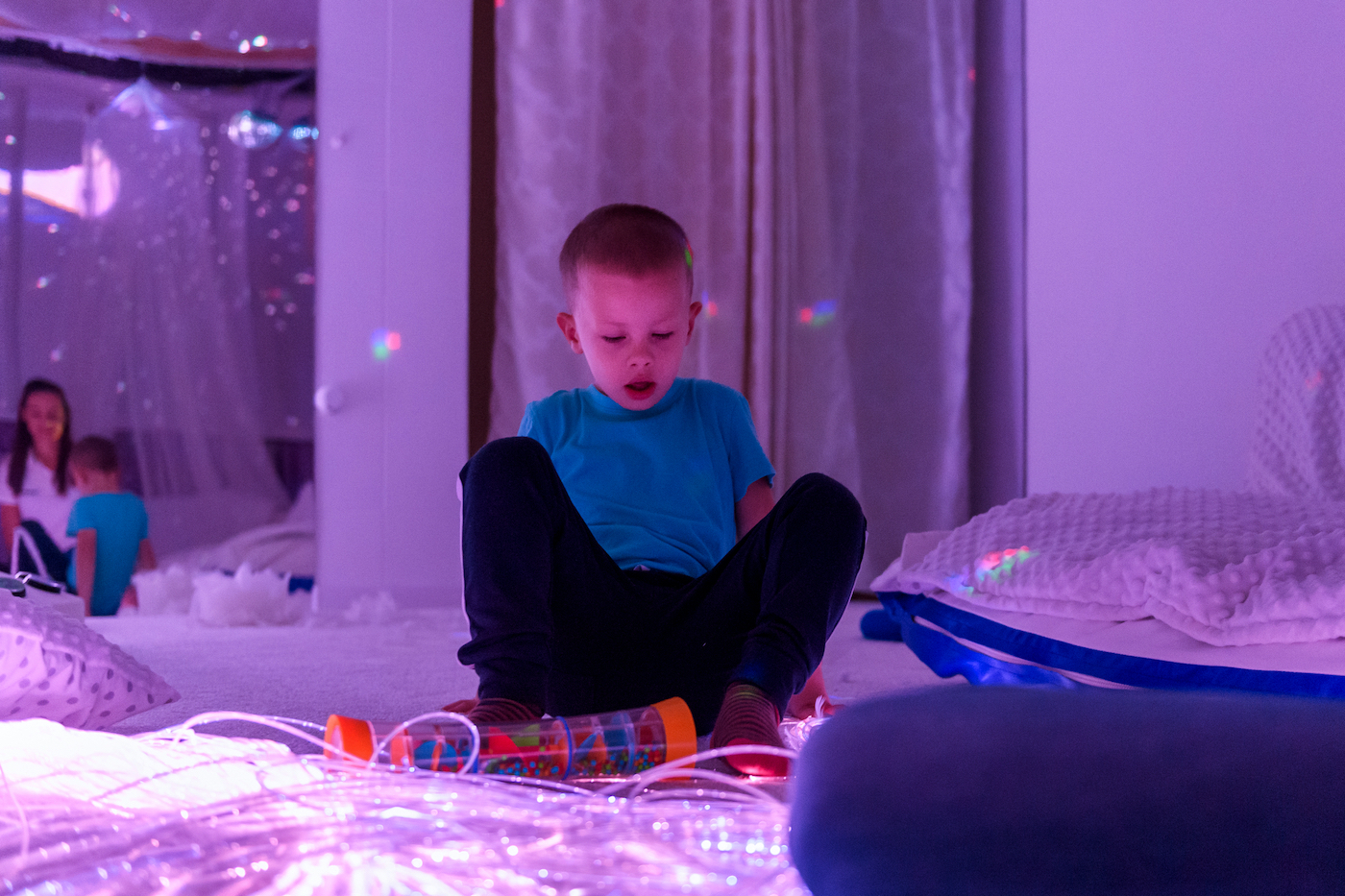Hospitals are crucial to our healthcare system. They are places where people can find help, healing, and a high level of care. That being said, not all hospital visits can feel positive. For example, emergency and psychiatric units are two areas where some patients could experience major crises. Without the proper tools, this puts frontline workers and the patient themselves at risk of getting hurt, either physically or psychologically. Used strategically, sensory rooms can be a great resource for patients undergoing therapy or experiencing sensory overwhelm during their stay. They can act as safe spaces for de-escalation and preventative therapy.
Non-Pharmacological Intervention
Medical professionals should be able to pull from a large toolbox of solutions. While medications are an important part of treatment for many patients, they may not be as effective when used on their own. More and more, healthcare workers are implementing holistic strategies that combine the use of medication with non-pharmacological interventions. Sensory rooms prioritize self-nurturing when it comes to therapeutic practice. This is achieved through creating activities and opportunities for the patient to explore and navigate on their own time and at their own comfort level.
Snoezelen: Bless you!
In mental health settings, sensory rooms can be designed for modulation and/or integration. In cases where people have a moderate to profound cognitive impairment, such as dementia, Snoezelen rooms are used. These promote relaxation as well as providing therapeutic activities with intense stimulation and even socialization. Staff may use this space to work with their patients in a safe, enclosed environment. Different products or equipment may be used to support a patient’s therapeutic goals.
Recent Studies in Psychiatric Inpatient Care
Sensory rooms have picked up a rapport in the healthcare industry for having a number of benefits. A study conducted at Cooley-Dickinson Hospital’s acute care psychiatric unit found that 98% of participants using the sensory room experienced a positive change in the levels of stress they were experiencing. In addition, the use of restraints had decreased by 40%. A similar study performed in Sweden and published by the Australian College of Mental Health Nurses Inc. reported a significant increase in patients’ “self-confidence, emotional self-care and well-being.”
Through these studies, it is apparent that sensory rooms support effective, recovery-oriented mental health in a hospital setting, as well as the safety of patients and staff alike. If you’re looking to incorporate a sensory room into your facility, reach out to our team of experts to get started!







